Home>Garden Essentials>How Does Crop Rotation Reduce The Need For Insecticides
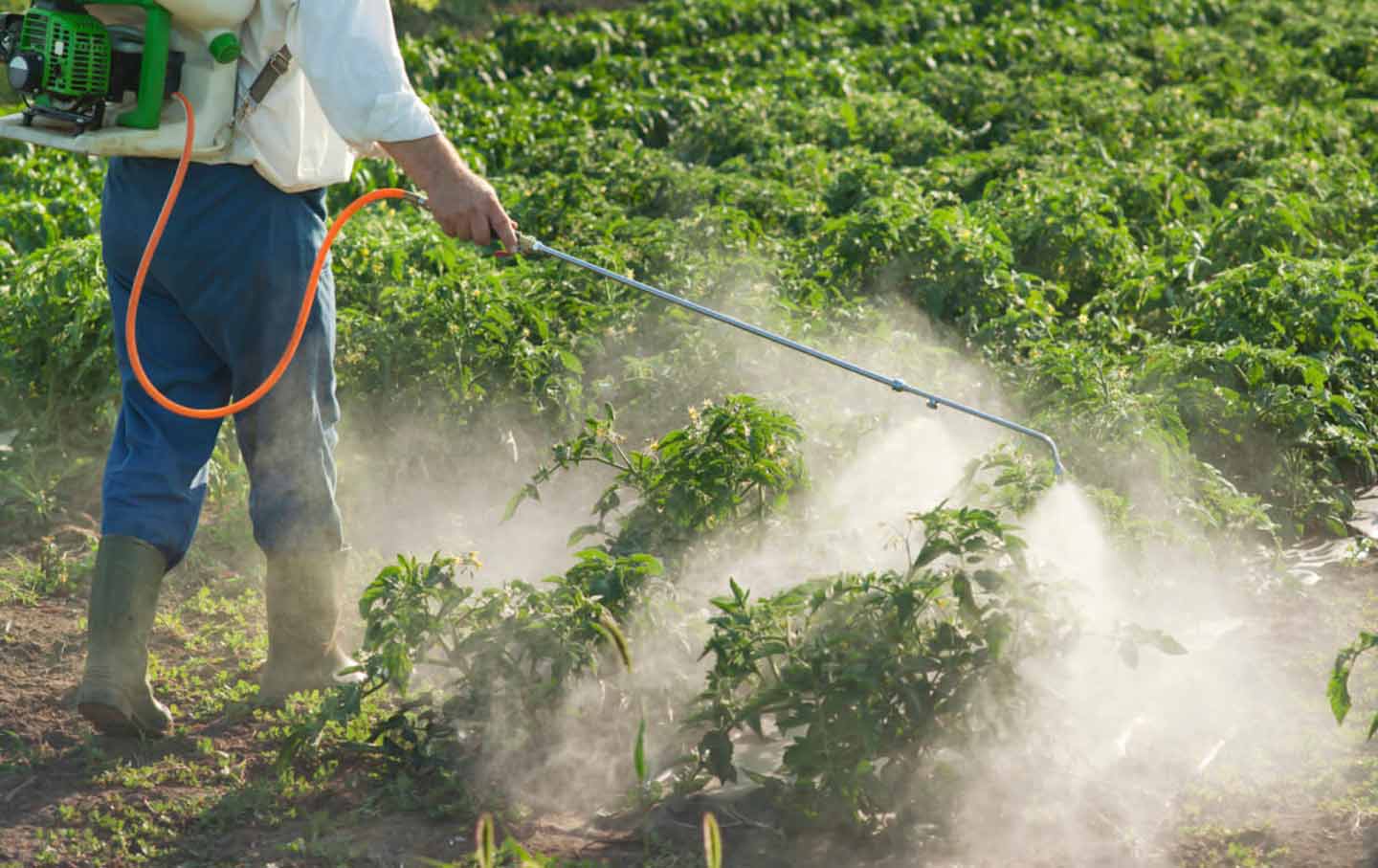

Garden Essentials
How Does Crop Rotation Reduce The Need For Insecticides
Modified: March 16, 2024
Discover how crop rotation in the garden can drastically reduce the need for insecticides. Enhance your gardening practices with this eco-friendly method to create a healthier and more sustainable environment.
(Many of the links in this article redirect to a specific reviewed product. Your purchase of these products through affiliate links helps to generate commission for Storables.com, at no extra cost. Learn more)
Introduction
Gardening is not just about planting and harvesting crops; it also involves protecting them from pests and diseases. Insecticides have long been used to control pests and maintain healthy plant growth. However, the excessive use of insecticides can have detrimental effects on the environment, wildlife, and even human health.
That is where crop rotation comes into play. Crop rotation is a sustainable and environmentally friendly practice that has been used for centuries to manage pests naturally without relying heavily on insecticides. By rotating different crops in a defined sequence, gardeners and farmers can disrupt pest lifecycle and reduce the need for chemical interventions.
Understanding the concept of crop rotation and its benefits is essential for anyone who wants to create a thriving garden while minimizing the use of harmful insecticides. In this article, we explore how crop rotation works and its effectiveness in reducing the need for insecticides.
Key Takeaways:
- Crop rotation disrupts pest lifecycles, reduces the need for insecticides, and promotes healthier plants by alternating different crops in a planned sequence.
- By implementing crop rotation, farmers can naturally manage pests, improve soil fertility, and reduce reliance on harmful insecticides, leading to a more sustainable and environmentally friendly agricultural system.
Read more: How Does Crop Rotation Reduce Pests
What is crop rotation?
Crop rotation is a farming technique that involves systematically alternating the types of crops grown in specific areas over a defined period. Rather than planting the same crop year after year, different crops are introduced to the field in a planned sequence.
The fundamental principle behind crop rotation is to break the life cycles of pests, diseases, and weeds that are specific to particular crops. Different crops have different nutrient requirements, growth habits, and susceptibility to pests and diseases. By rotating crops, farmers can disrupt the habitat and food sources of specific pests, making it more challenging for them to survive and multiply.
There is no one-size-fits-all approach to crop rotation as it highly depends on various factors such as climate, soil type, and the specific pests and diseases prevalent in the area. Farmers carefully assess the characteristics of each crop they plan to grow and develop a rotation plan that maximizes the benefits and minimizes the risks.
Common rotations include alternating between legumes (such as beans and peas) and non-legumes (such as corn and wheat). Legumes have the unique ability to fix nitrogen from the atmosphere, enriching the soil with this essential nutrient. Non-legumes, on the other hand, utilize the nitrogen provided by the legumes in the previous rotation.
Crop rotation can be practiced on a small scale in home gardens as well. This practice not only reduces the reliance on insecticides but also improves soil health and fertility, leading to increased crop yields and healthier plants.
Understanding the need for insecticides
Insecticides are chemical substances used to kill or repel insects that can damage crops and hinder their growth. They have been widely used in agriculture to protect plants from pests and diseases, ensuring a healthy yield. However, the overuse of insecticides can have detrimental effects on the environment and human health.
Pests, such as insects, fungi, and weeds, can cause significant damage to crops by feeding on leaves, stems, and roots, resulting in reduced crop quality and yield. Furthermore, insects are carriers of diseases that can spread to plants, leading to further damage and losses.
While the use of insecticides has proved effective in controlling pests and preventing crop damage, it has raised concerns about its impact on the environment. Insecticides can contaminate soil, water sources, and the air, posing risks to both wildlife and human health. Additionally, repeated exposure to insecticides can lead to the development of resistance in pests, rendering the chemicals less effective over time.
Crop rotation offers an alternative solution to address these concerns and reduce the need for heavy insecticide use. By implementing a well-planned rotation, farmers disrupt the life cycles of pests, making it harder for them to establish and survive in a particular area. This natural pest management strategy not only decreases the reliance on chemical interventions but also supports the overall health of the ecosystem.
It is important to note that crop rotation alone may not completely eliminate the need for insecticides, especially in cases of severe pest outbreaks. However, it significantly reduces the reliance on these chemicals and allows for more judicious and targeted use when necessary.
How does crop rotation work?
Crop rotation works by disrupting the life cycles of pests, diseases, and weeds that are associated with specific crops. By alternating different crops in a well-defined sequence, gardeners and farmers can create an environment that is less favorable for pests to establish and thrive, thus reducing the need for insecticides.
Here’s how crop rotation works:
- Breaking pest cycles: Different crops are susceptible to different pests and diseases. By rotating crops, gardeners and farmers can disrupt the life cycles of pests, making it more challenging for them to find a constant food source and reproduce. For example, if a particular crop attracts a specific pest, planting a different crop in the next season will break the cycle and reduce the pest population.
- Altering nutrient availability: Different crops have varying nutrient requirements. Some crops, known as ‘heavy feeders,’ require large amounts of specific nutrients from the soil. When the same crop is grown in the same location year after year, it depletes these nutrients, leading to nutrient imbalances and increased susceptibility to pests and diseases. By rotating crops, different nutrient demands are introduced to the soil, allowing for more balanced nutrient utilization and reducing the risk of pest infestation.
- Suppressing weeds: In addition to managing pests and diseases, crop rotation can also help in weed control. Different crops have different growth habits and root structures, which can effectively compete with and suppress certain weed species. By alternating crops, gardeners and farmers can disrupt the growth cycle of weeds, reducing their prevalence in the field and minimizing competition for resources.
- Improving soil health: Crop rotation plays a significant role in improving soil health and fertility. Different crops have varying root systems, some of which are deep-rooted and help break up compacted soil, improve drainage, and enhance soil structure. Furthermore, certain crops, such as legumes, have the ability to fix nitrogen from the atmosphere, enriching the soil with this essential nutrient. Improved soil health supports the growth of healthy plants, making them more resilient to pests and diseases.
By implementing a proper crop rotation plan, gardeners and farmers can harness the power of natural pest management, promote sustainable agriculture, and reduce their reliance on chemical insecticides.
Crop rotation reduces the need for insecticides by disrupting the life cycle of pests. By planting different crops in the same area each year, it makes it harder for pests to establish and survive, reducing the need for chemical control.
Benefits of crop rotation in reducing insecticide usage
Crop rotation offers numerous benefits in reducing the reliance on insecticides and promoting sustainable agriculture. Here are some key advantages of implementing crop rotation:
- Natural pest management: By disrupting pest life cycles and creating an environment less hospitable to pests, crop rotation helps naturally manage pest populations. This reduces the need for chemical insecticides, minimizing the negative impact on the environment and promoting a healthier ecosystem.
- Reduced pest resistance: Continuous and excessive use of insecticides can lead to the development of resistance in pests, rendering the chemicals less effective over time. Crop rotation helps break the cycle of reliance on specific insecticides, reducing the risk of resistance development and ensuring long-term pest management.
- Improved soil fertility: Crop rotation improves soil health and fertility by balancing nutrient uptake and reducing nutrient depletion. Different crops have varying nutrient requirements, and rotating them allows for more efficient utilization of nutrients, reducing the need for synthetic fertilizers. Additionally, certain crops, such as legumes, enrich the soil with nitrogen, enhancing its overall fertility.
- Weed suppression: Crop rotation can help suppress the growth of weeds. Different crops have different growth habits and can effectively compete with and suppress certain weed species. By rotating crops, weeds are disrupted, reducing their prevalence and minimizing the need for herbicides.
- Enhanced biodiversity: Crop rotation promotes biodiversity both above and below ground. By cultivating a variety of crops, farmers provide habitat and food sources for a diverse range of beneficial organisms, such as pollinators and natural predators of pests. This creates a more balanced ecological system, reducing the need for chemical interventions.
- Financial savings: Reduced reliance on insecticides translates to cost savings for farmers. Insecticides can be expensive, and by implementing crop rotation practices, farmers can significantly cut down on input costs, resulting in increased profitability.
It is important to note that the effectiveness of crop rotation in reducing insecticide usage can vary depending on various factors, including climate, soil conditions, and specific pest pressures. However, when properly planned and implemented, crop rotation can be a valuable tool in sustainable pest management, supporting healthy plant growth and reducing the environmental impact of agriculture.
Read more: How Does The Crop Rotation Work
Examples of successful crop rotation practices
Successful crop rotation practices can vary depending on region, climate, and specific crop pests and diseases. Here are a few examples of crop rotation strategies that have proven effective in reducing insecticide usage:
- Legume-Grain Rotation: This rotation involves alternating legume crops, such as beans or peas, with grain crops like wheat or corn. Legumes have the ability to fix nitrogen from the atmosphere, replenishing soil nitrogen levels. The following grain crop utilizes the nitrogen provided by the legumes, reducing the need for synthetic nitrogen fertilizers. In addition, the legumes break pest and disease cycles due to their different nutrient requirements.
- Brassica Rotation: The brassica family, which includes crops like cabbage, broccoli, and kale, is known for its ability to suppress soil-borne pests and diseases. A common rotation involves planting brassicas after non-brassica crops, as they can help reduce populations of soil-borne pathogens and pests. This reduces the need for chemical treatments while promoting healthier soil.
- Root Crop Rotation: Root crops, such as carrots, potatoes, and radishes, can be included in rotation plans to break pest cycles and improve soil structure. These crops have different root systems that help break up compacted soil, improve aeration, and enhance drainage. Additionally, rotating root crops with legumes or grains provides a diverse range of nutrients and reduces the risk of nutrient deficiencies.
- Multiple-Year Rotation: In some cases, a farm or garden may implement a longer rotation plan that spans multiple years. This allows for more flexibility in crop selection and can be particularly helpful for managing perennial weed populations or controlling pests with longer life cycles. For example, a three-year rotation could include a season of legumes, followed by a season of grains, and then a season of vegetables.
- Cover Crop Rotation: Cover crops, such as clover or rye, are planted specifically to improve soil health and suppress weeds between main crop rotations. These cover crops can also provide additional benefits like attracting beneficial insects and preventing erosion. By incorporating cover crops into rotation plans, farmers can reduce weed pressure and improve overall soil fertility.
It is important to tailor the crop rotation plan to the specific needs and conditions of the garden or farm. Local agricultural extension services and experienced farmers in the area can provide valuable guidance and insights into successful crop rotation strategies for specific regions and crops.
Challenges and considerations for implementing crop rotation
While crop rotation offers numerous benefits in reducing insecticide usage and promoting sustainable agriculture, it is important to be aware of the challenges and considerations that come with implementing this practice. Here are some key factors to consider:
- Pest and disease management: While crop rotation can help manage pests and diseases, it does not guarantee complete eradication. Some pests and diseases have broad host ranges and can still persist even with rotation. It is important to continue monitoring crops for any signs of infestation or disease and have backup pest management strategies in place if needed.
- Adapting to regional conditions: Crop rotation plans need to be adapted to the specific region, climate, and soil conditions. It is crucial to understand the specific pests and diseases prevalent in the area and select crops that are less susceptible to these issues. Additionally, regional climate patterns may affect the timing and success of certain rotations, so adjustments may be necessary.
- Planning and organization: Implementing crop rotation requires careful planning and organization. It is important to develop a rotation plan that takes into consideration the specific crops, their nutrient requirements, and their susceptibility to pests and diseases. This requires knowledge of crop compatibility and timing, as well as the availability of suitable land for rotation.
- Soil fertility management: Proper nutrient management is essential during crop rotation. Some crops, such as legumes, contribute nitrogen to the soil, while others require specific nutrients for optimal growth. It is important to monitor soil fertility levels, conduct regular soil tests, and make any necessary amendments to ensure balanced nutrient availability for each crop in the rotation. This may include the application of organic matter, compost, or other fertilizers.
- Economic considerations: Implementing crop rotation may require adjustments in farm or garden operations, such as investing in additional equipment and labor. It is important to weigh the potential benefits of reduced insecticide usage and improved soil health against the costs associated with crop diversity and rotation planning.
- Educating and training: Proper education and training are crucial for successfully implementing crop rotation practices. It is important to equip farmers and gardeners with the knowledge and skills necessary to plan and execute effective crop rotations. This can be done through workshops, extension services, or collaboration with experienced farmers who have successfully implemented crop rotation in similar conditions.
Despite these challenges, the long-term benefits of crop rotation, such as reduced insecticide usage, improved soil health, and sustainable pest management, make it a valuable practice worth considering for any gardener or farmer aiming to create a more resilient and environmentally friendly agricultural system.
Conclusion
Crop rotation is a sustainable and effective practice that reduces the need for insecticides while promoting healthy plant growth and improving soil fertility. By systematically alternating the types of crops grown in a particular area, gardeners and farmers can disrupt pest and disease lifecycles, suppress weed growth, and improve overall agricultural sustainability.
The benefits of implementing crop rotation are numerous. Not only does it provide a natural approach to pest management, but it also helps reduce pest resistance to insecticides, improves soil health, enhances biodiversity, and saves on input costs. Additionally, crop rotation supports a more balanced ecosystem, benefiting both the environment and human health.
However, implementing crop rotation does come with its challenges. Pest and disease management, adapting to regional conditions, planning and organization, soil fertility management, economic considerations, and proper education and training are all crucial factors to consider when developing a successful crop rotation plan.
Despite these challenges, it is important for gardeners and farmers to recognize the long-term benefits of crop rotation and make the necessary efforts to incorporate this practice into their agricultural systems. Local agricultural extension services, experienced farmers, and educational resources can provide valuable guidance and support in implementing effective crop rotation plans tailored to specific regional conditions.
By adopting and embracing the principles of crop rotation, we can reduce our reliance on chemical insecticides, promote sustainable agriculture, and create a healthier and more resilient farming system. In doing so, we contribute to the well-being of the environment, support biodiversity, and ensure the long-term viability of our gardens and farms for generations to come.
Frequently Asked Questions about How Does Crop Rotation Reduce The Need For Insecticides
Was this page helpful?
At Storables.com, we guarantee accurate and reliable information. Our content, validated by Expert Board Contributors, is crafted following stringent Editorial Policies. We're committed to providing you with well-researched, expert-backed insights for all your informational needs.


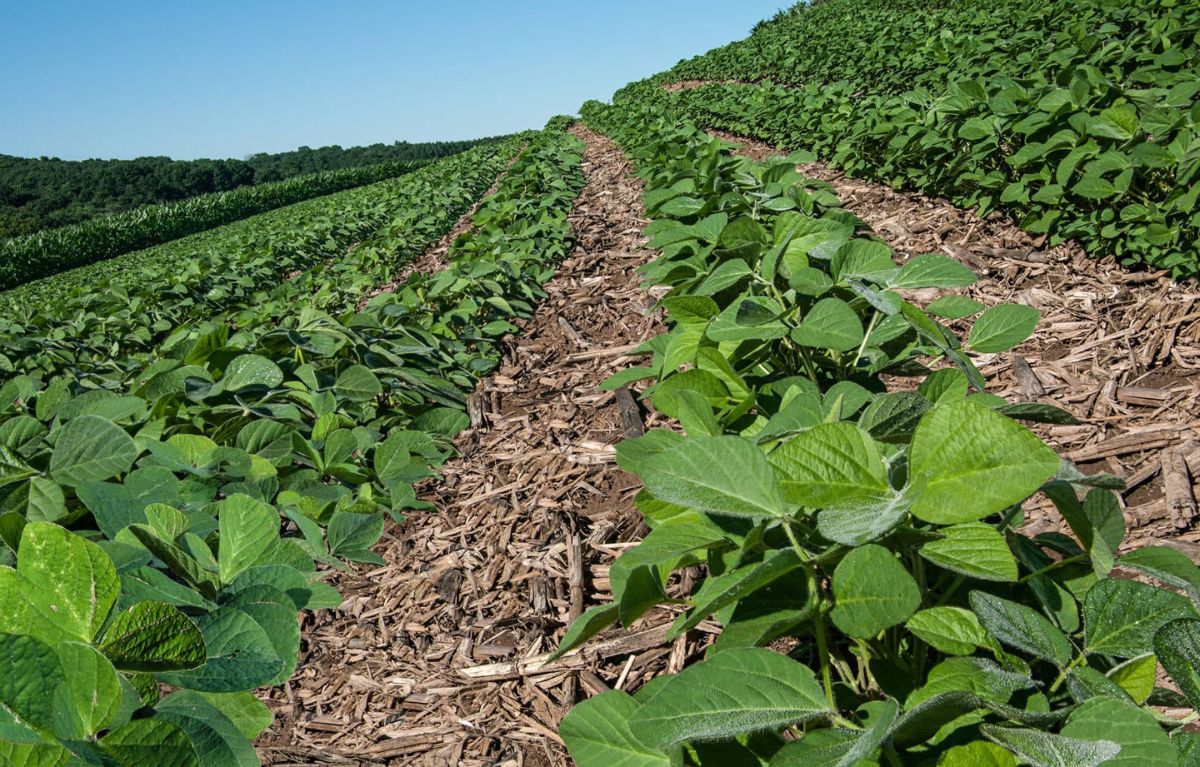
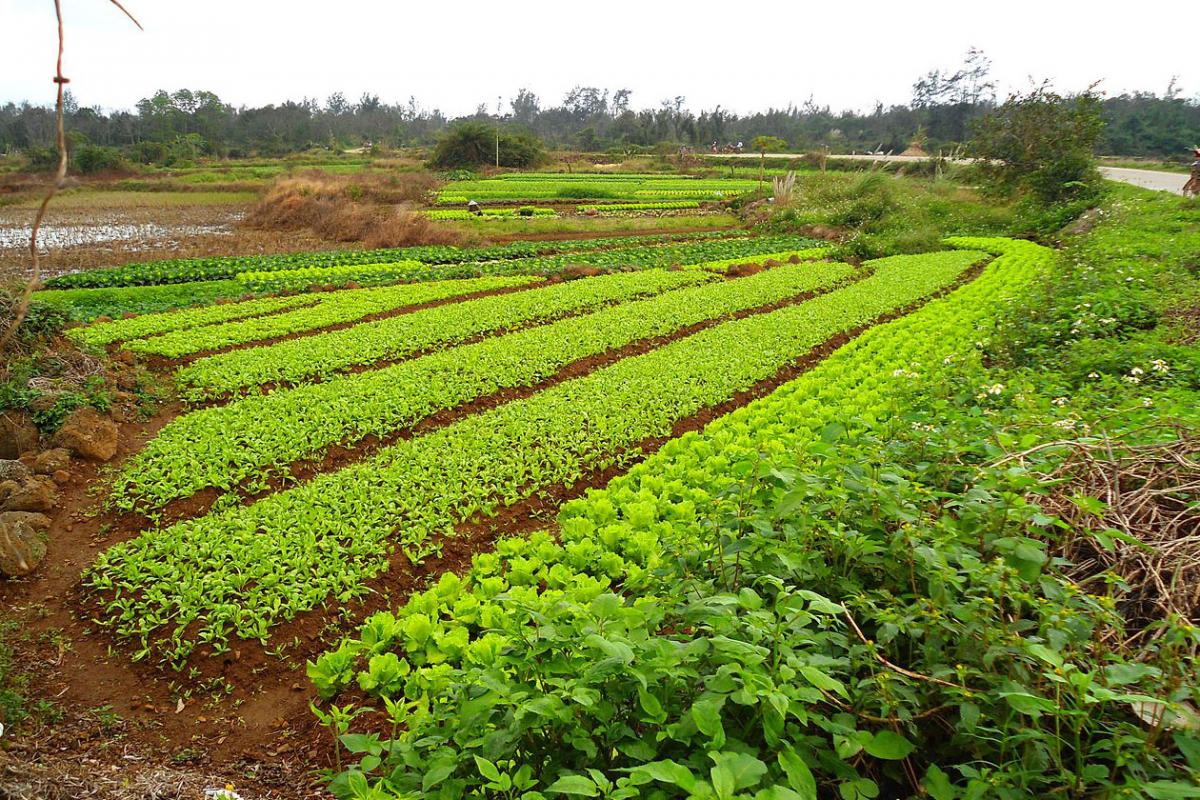

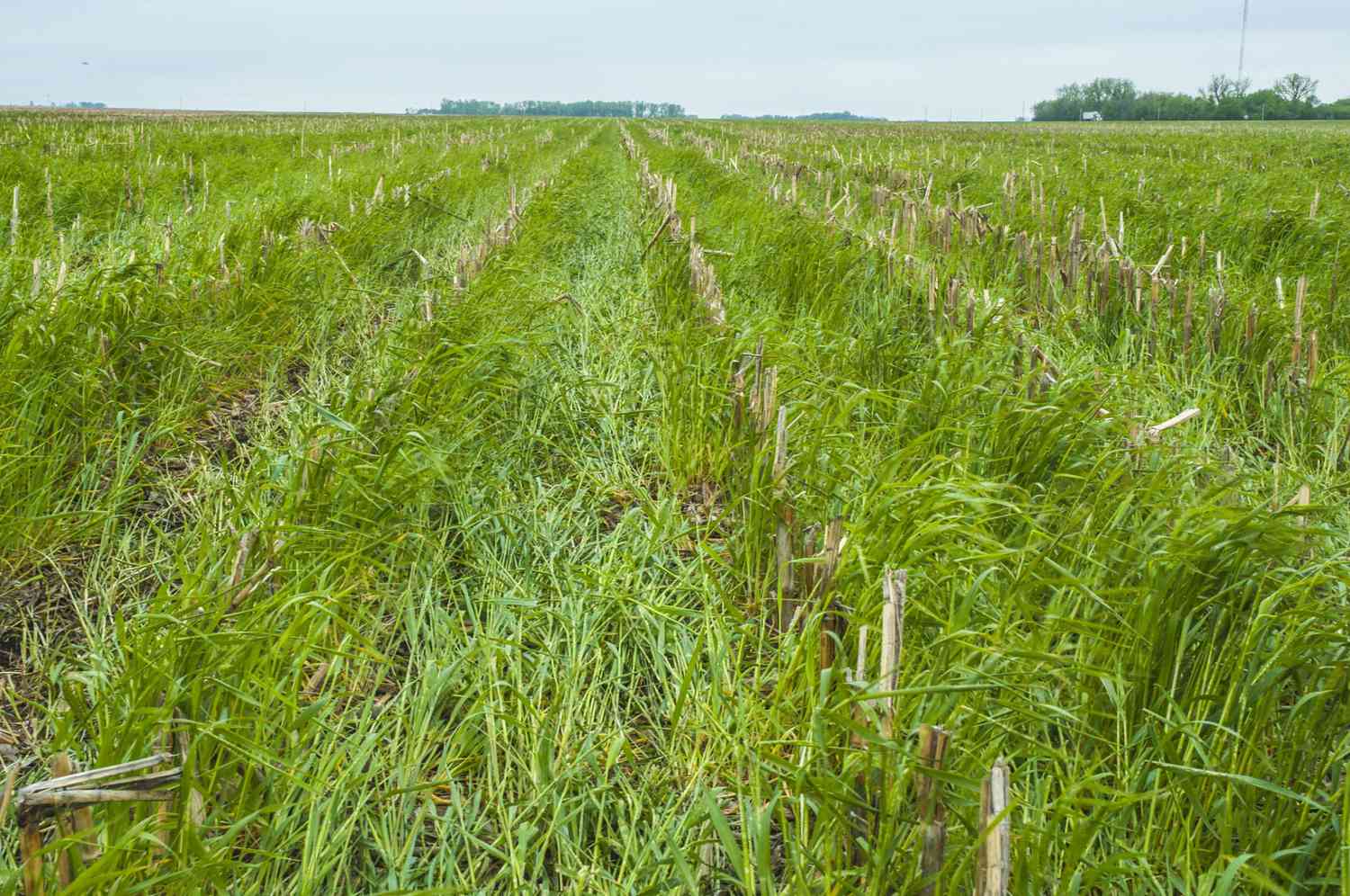


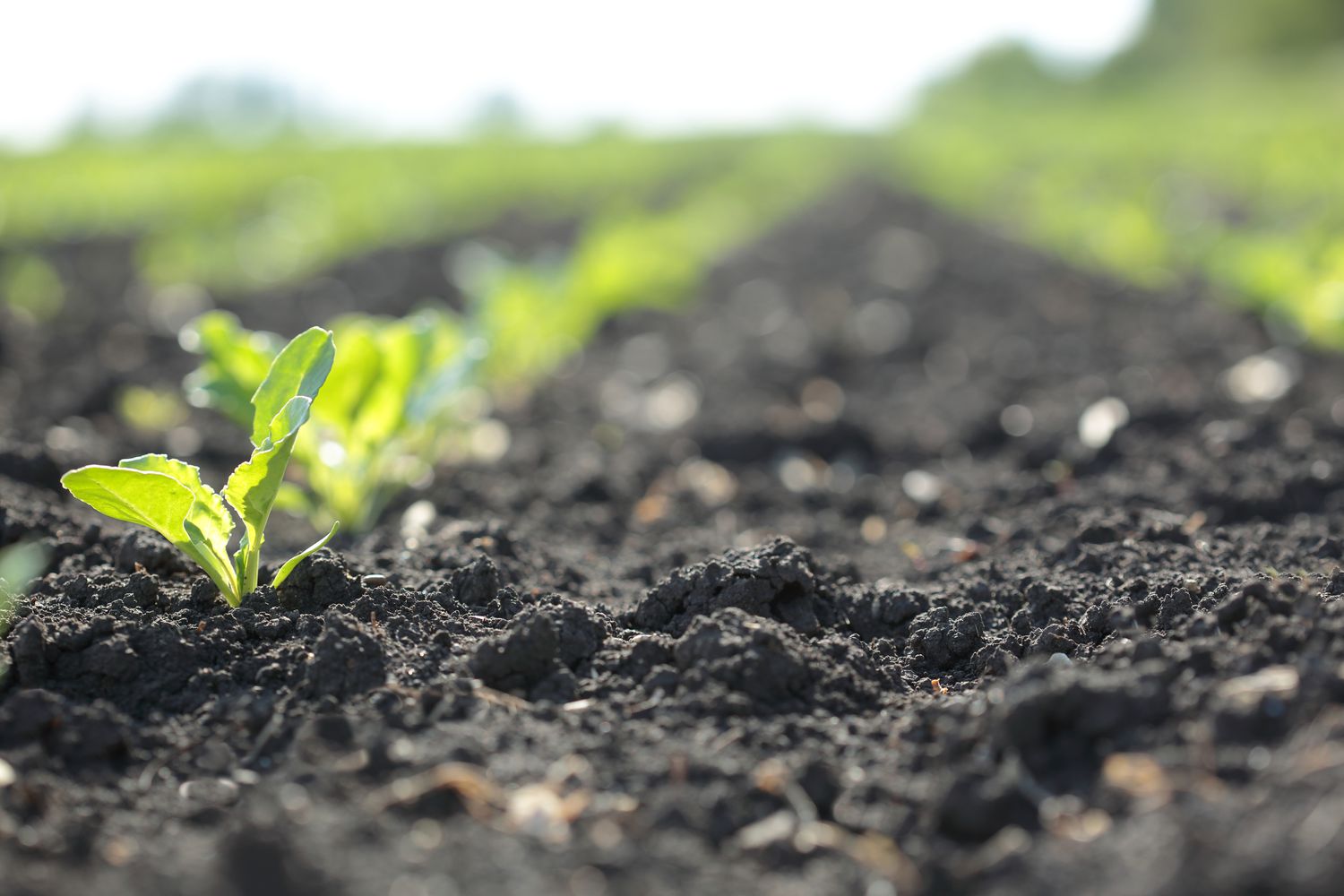


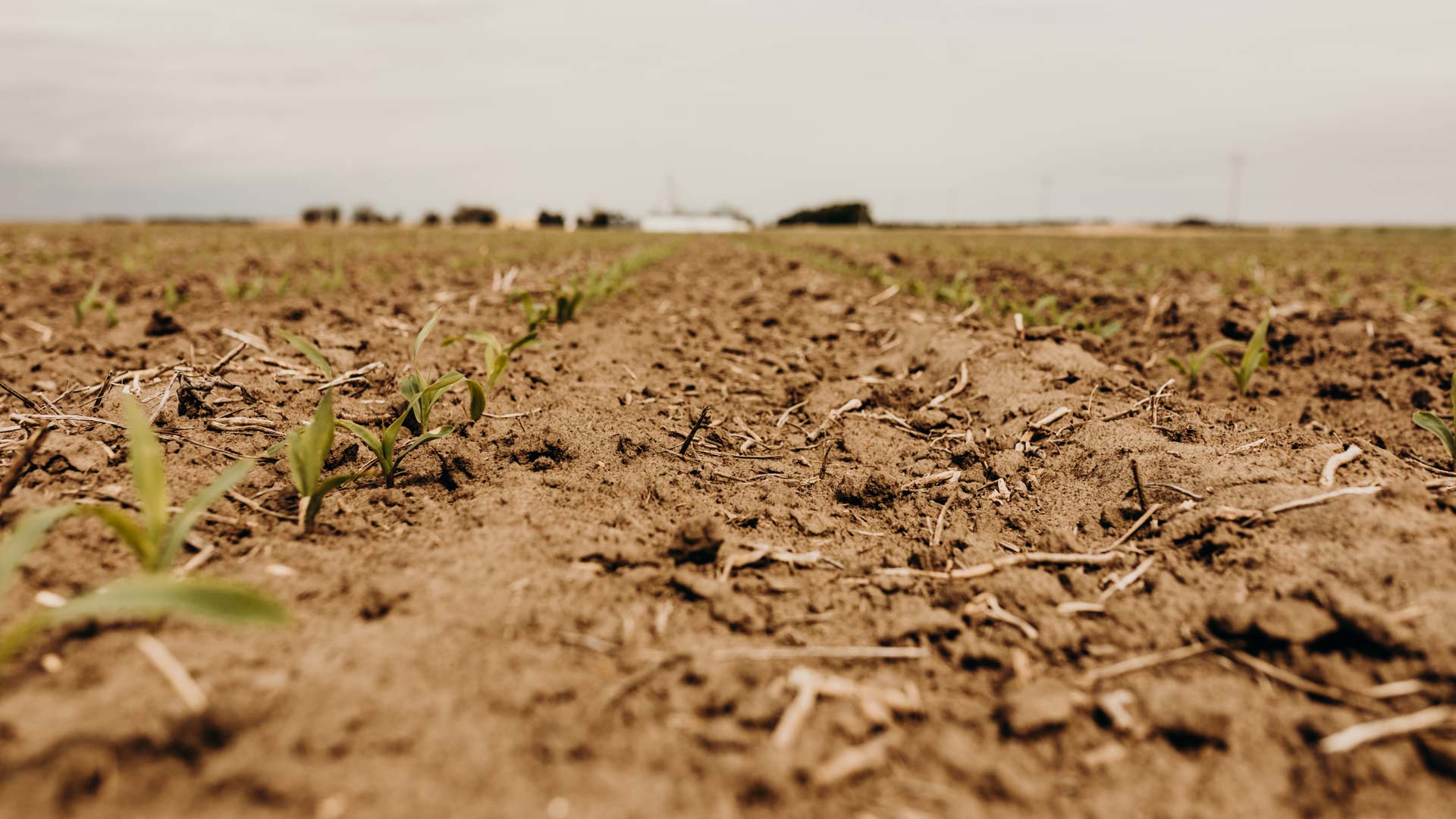
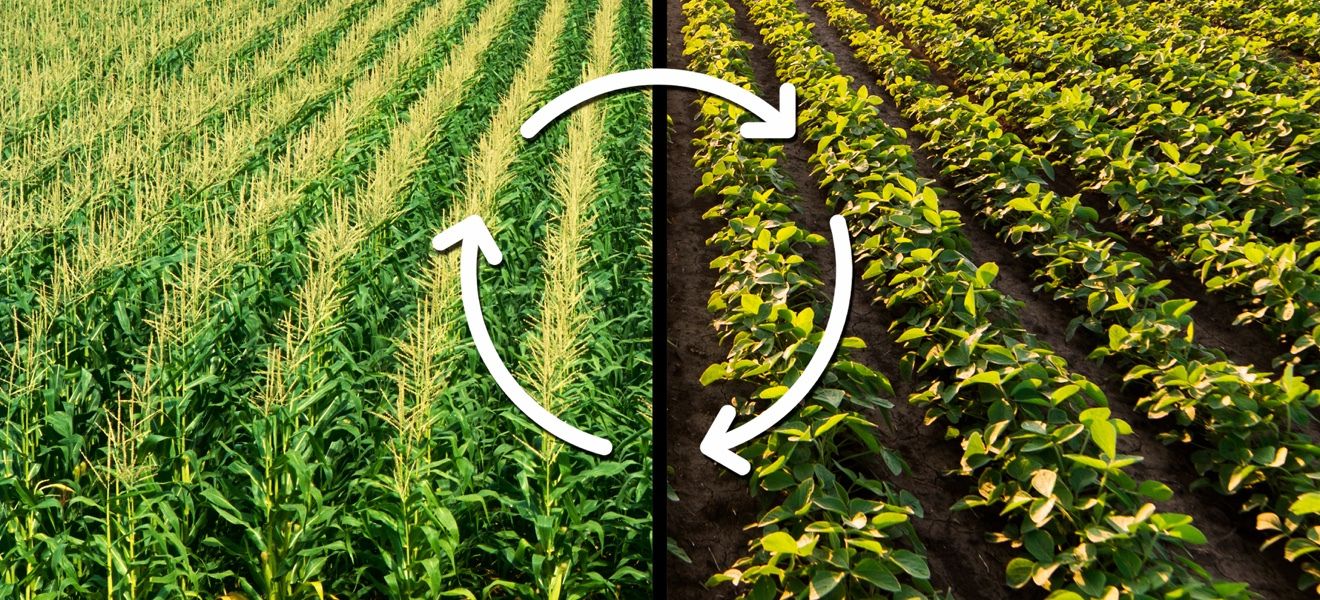
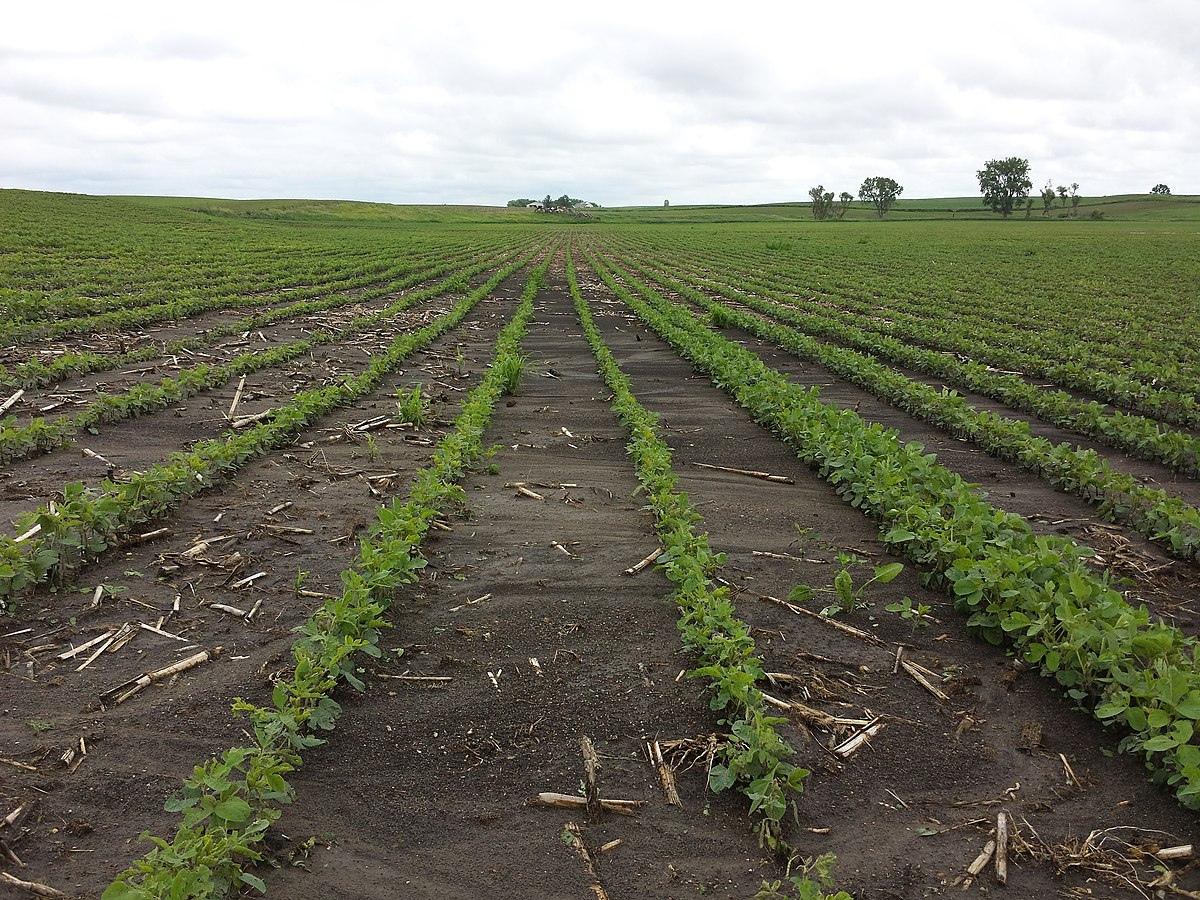

0 thoughts on “How Does Crop Rotation Reduce The Need For Insecticides”